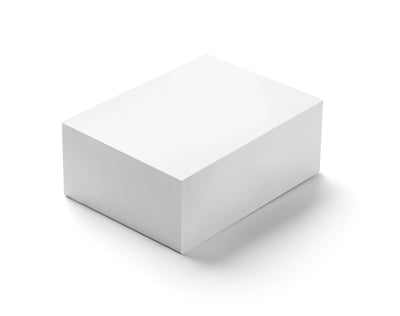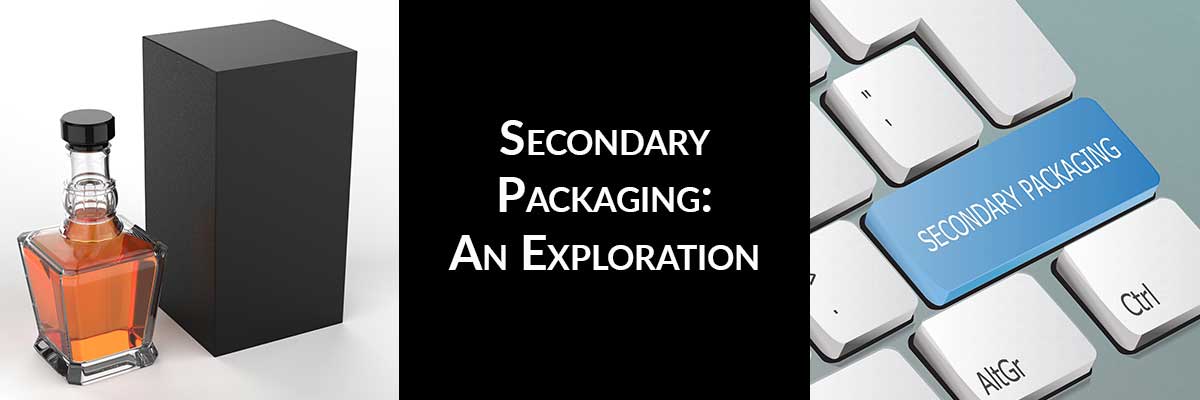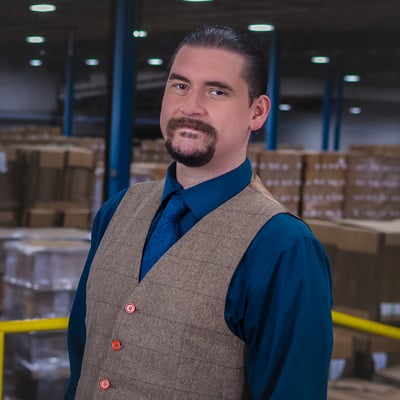As you move closer to the prospect of outsourcing your product packaging or doing it in-house, you are furthering your knowledge of the different types of product packaging types and services.
Now, you are looking for an explanation of secondary packaging. You want to know what secondary packaging is. You want to know how it works. And you want to see if you should do secondary packaging in-house or outsource it to a co-packer.
This article will explain what secondary packaging is and how it works. After reading this article, you will be able to decide if outsourcing your secondary packaging needs to a contract packaging company is the best option for the success of your business or not.

What Is Secondary Packaging?
Secondary packaging is the second layer of packaging applied to your product after the primary packaging layer.
For example, consider the paperboard box holding the plastic bottle that your over-the-counter sleep aids or pain killers come in. The box would be viewed as a form of secondary packaging.

What Purpose Does Secondary Packaging Serve?
Secondary packaging serves several purposes when it comes to your product packaging. Like primary packaging, secondary packaging may be branded with typography, graphics, and imagery that consumers find enticing.
With the right branding and printing elements, your secondary packaging may act as the fulcrum that ensures your product is chosen by the consumer, rather than your competitor's products that sit next to yours on the store shelf.
Secondary packaging may also serve as form of luxury packaging. For example, suppose you were to buy an expensive bottle of scotch whiskey at your local liquor retailer. In that case, you will likely find that said beverage is packaged first inside of a glass bottle and then in a paperboard box.
In this respect, it is not uncommon for luxury products to feature both primary and secondary packaging materials, which may be considered an extension of the brand's marketing tactics.
In this example, each type of packaging will be branded to exude an air of sophistication in line with the distiller's ideals for their product.
In some cases, secondary packaging acts to stabilize the primary packaged product within to prevent damage during shipping as well as scuffing or scratching to the product's primary packaging.
Secondary packaging may also act as a form of protective or tamper-evident packaging for the product contained within.
For example, many over-the-counter medications are packaged inside of primary packaging, such as blister packs. Next, they will be packaged in a paperboard box as a form of secondary packaging.
If the box is damaged or opened, this will alert the consumer to possible contamination or tampering with the products inside.

Should You Outsource Your Secondary Packaging Or Do It In-House?
When it comes to secondary packaging, you generally have two options. You can do the packaging yourself on your own in-house packaging line or outsource your packaging to a contract packaging company.
But, which option is best for your business? Should you do your own secondary packaging in-house or partner with a co-packer to take care of this for you?
While you could compare in-house packaging to contract packaging and do additional research to determine which option is the best one for your specific needs, there is an easier way.
Suppose you are like me and would prefer someone else to do all the leg work and present a report detailing which of the two options above would make the most sense for your unique packaging requirements.
If that is the case, you will want to consider speaking with one of our packaging experts. They will be able to help you figure out if in-house packaging or contract packaging is the best option for your secondary packaging needs, even if you do not purchase anything from our company.
About Nathan Dube
As the Digital Marketing Specialist at Industrial Packaging, I am honored to create content for such a phenomenal company and work with one of the greatest teams in the Packaging Industry. Whether creating a video, writing blog posts or generating other pieces of content and multimedia, I am always excited to help educate and inspire our prospects and clients to reach their highest potential in regards to their packaging processes and needs.



